#colonial national historical park
Text

March 9 2023 - the amazing Willie Balderson in character as "The Soldier" welcoming new arrivals to Jamestowne.
This is the closest thing to time travel you'll ever experience...
Thank you, Willie!
#March 9th 2023#willie balderson#living history#colonial national historical park#Historic Jamestowne
2 notes
·
View notes
Text

January 16, 2023
Yorktown, Virginia
#photography#monument#history#battle of yorktown#yorktown#virginia#colonial national historical park#national historical park#national park service#nps
1 note
·
View note
Text

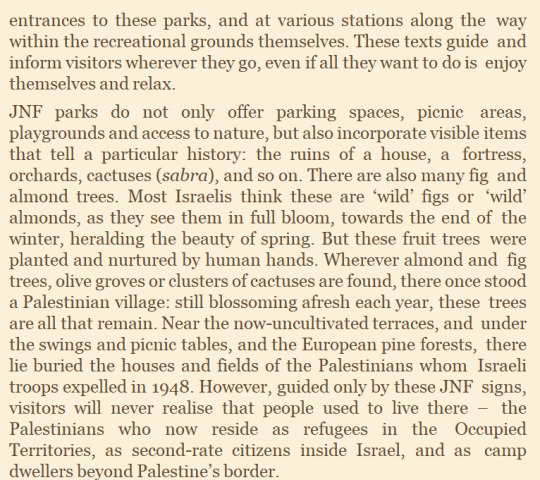
The Ethnic Cleansing of Palestine - Ilan Pappé (2006)
#historical revisionism#israel national parks#The Ethnic Cleansing of Palestine#Ilan Pappé#Palestine#Israel#Free Palestine#Free Gaza#ethnic cleansing#zionism#nsnv#colonialism#atypicalreads#politics#history#state of israel#ideology#nonfiction#Ilan Pappe#west bank#occupied territories#trees#flora
11 notes
·
View notes
Text

Gettysburg national military Park
The park where you will learn the story about the American Civil War
#photographers on tumblr#travel photography#landscape photography#history#pennsylvania#east coast#gettysburg#national parks#Military park#military history#american history#colonial history#historic towns#national park#civil war#war#roadtrips#penn state#philadelphia#harrisburg
5 notes
·
View notes
Text
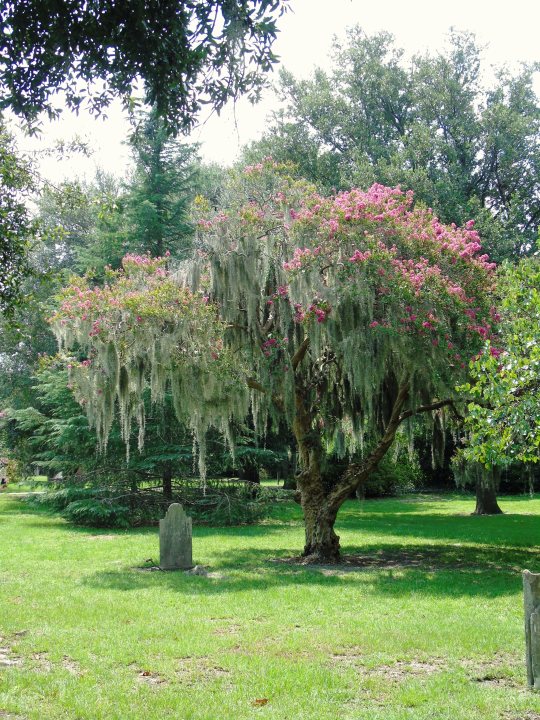
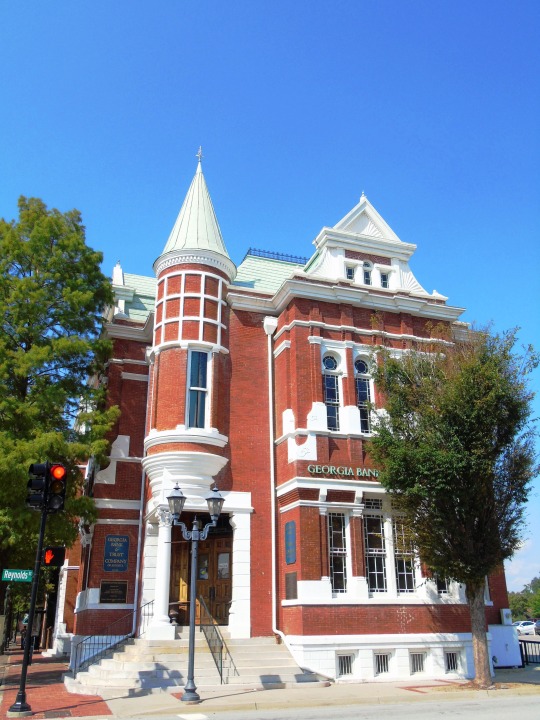












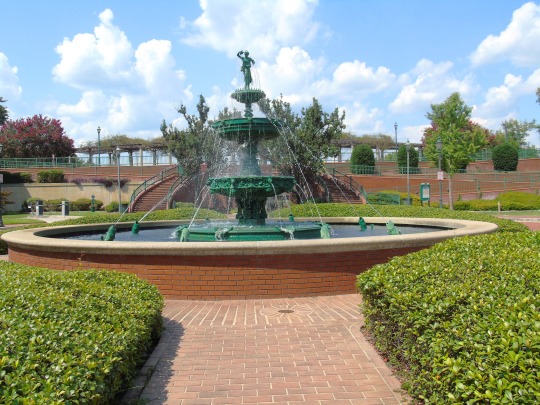




Reconstruction Era of the United States: Georgia became the last of the former Confederate states to be readmitted to the Union on July 15, 1870.
#Georgia#readmitted#15 July 1870#USA#travel#original photography#vacation#tourist attraction#landmark#cityscape#architecture#landscape#summer 2016#Colonial Park Cemetery#Savannah#Augusta Cotton Exchange#Martin Luther King Jr. National Historical Park#Atlanta#Calhoun City Park#Centennial Olympic Park#Forsyth Park#Savannah River#Augusta
8 notes
·
View notes
Text
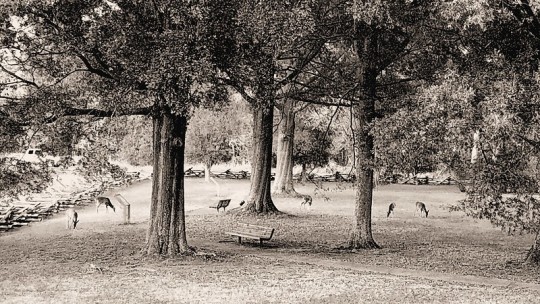
Deer at Surrender Field.
Animals seem to know when they are in a protected space. I've had coyotes sit in the middle of the road, buffaloes walk by my pickup, peccaries amble through my campground in the middle of the night, and deer walk up to me begging for scraps. "I'm in a national park. You can't do a thing."
#Wildlife#Deer#Animals#Surrender Field#Colonial National Historic Park#Virginia#Sepia#Grazing#photo#digital#Monochrome#Tinted
3 notes
·
View notes
Photo

hey
it’s hot
3 notes
·
View notes
Text
on the one hand I do understand where people are coming from when they respond to The White American Desire For Authentic Culture by going "you already have a culture" and pointing out that this desire often has reactionary undertones
that being said, I think it's largely sidestepping the actual issue, which is that American culture fucking blows chunks. American culture is strip malls and military worship and the elevation of mass-market pablum to Bold Artistic Statements.
and subculture is only partially an escape from this, because most subcultures exist within the same constraints of American culture as a whole; they are captured and redefined by capital on such a frequent basis that it often feels impossible to hold onto them in any meaningful way.
moreover, even the parts of American culture that aren't complete garbage are more or less inextricable from the colonial, imperialist, and racially-stratified history of the country. like, I think of that post that went around a while ago talking about "America sucks but has some good parts," and one of the things it listed was national parks, and people (rightfully!) pointed out that the national park system is fundamentally flawed and tends to shit on indigenous nations by design.
the only thing I can think of that's even sort of an exception is pop culture - jazz and rock music, superhero comics, Hollywood. and all of those are, again, captured and defined by capital, and in one way or another have historically been built on screwing over the artist.
so we come to a position, one way or another, where a lot of people say something like: "I'm alienated. I'm surrounded by traditions and institutions I think are shit; I have no way to meaningfully undermine them, and I can't escape them without effectively destroying my life. the culture I was born into is a gravestone on top of another gravestone, lifeless and miserable, and people are constantly shouting that I should be grateful because it's The Greatest Country In The World."
at that point, one seeks an escape, and I think there are three major routes here.
one is to become a weird lib obsessed with the Real Soul Of America. America is really about the good parts, not the bad parts which outnumber them and which they are built upon.
another is to fixate on the Exotic, for lack of a better word. cultures which you do not have an obvious "connection" to, but which fascinate you or appeal to you. obviously this can be pretty fucking fraught, though I would argue that taking an interest in other cultures is a good thing if you aren't shitty about it. (That's its own conversation.)
the third is to fixate on the culture(s) you feel you "ought to have" had, that which was sacrificed on the altar of whiteness by grandparents or great-grandparents who, frankly, had different concerns. to look at a culture that may still be defined in many ways by cruelty and stratification - the way I would argue most human civilization has been - but that seems to have had something else going on, at least. a culture that may not have been recognizable 500 years ago, but at least it existed.
again, none of these impulses is beyond criticism, and I think it would be naive to say that the last one can't have reactionary undertones. I also doubt these impulses are unique to the USA! alienation is extremely common in today's world, and it's not as though the USA is the only settler state in existence.
what I am saying is more that I think the conditions that lead to these fixations are worth paying attention to, and that dismissing them with "you already have a culture" kind of misses the point in favor of getting in a zinger. people wouldn't want a different culture if they were happy with the one they had. like so many other things, people want one that Doesn't Completely Suck. failing that, they'd probably like to not be defined by any culture at all - but that, tragically, is just as impossible.
#related to the post i just rb'd obviously#idk. i don't know how Developed these thoughts are but they're bouncing around in my brain
788 notes
·
View notes
Note
Hi! Big fan :) You're an environmental lecturer, right? I recently got into a debate with someone about rewilding in the UK, and the clash with farmers and agriculture. To me, this is a no-brainer - I absolutely do feel for farmers losing their livelihoods, and I think there needs to be a system to help them transition to something else, but also, the planet is dying. But you explain things well, so I wondered if you have thoughts? Particularly on the Welsh side of things. Thank you in advance!
Hah. I literally have a lecture on this. Or, well, a chunk of a lecture, anyway; so yes! I have thoughts. I'll use those notes, and stick a big reference at the end in case you want to read more
I'll talk about this specifically from the Welsh perspective, okay so:
The rewilding project in Wales is the Cambrian Wildwood, launched in 2004ish by a guy who bought an abandoned farm in the northern end of Mid Wales with the express intention of rewilding it. The aim is to convert some 7000 acres, and the initial mission statement said they'd reintroduce wolves and lynx. That's the project I'm going to talk about, because it's a great case study for how to spectacularly fuck something up (and eventually realise you've spectacularly fucked up, and do something about it.)
These are the Cambrian Mountains:

When looking at that, there are two competing viewpoints that are relevant here:
The Cambrians are ecologically depleted. Their biodiversity has crashed since the Second World War, when modern farming methods were introduced. Environmentally, there is a perception of emptiness and degradation.
The landscape is a glorious one that has been shaped by the human actions taken on it for generations, as we are a shepherding culture – culture and land are inextricably intertwined.
That's a big fundamental difference! Two people can look at that same photo, and see something diametrically opposed. But there's more lying on it, so you also need to understand the socio-political background.
Socio-Political Background
(I know! Headings! So professional)
A lot of rewilding – Cambrian Wildwood included – is taking place in areas where farming is declining for various political/socio-economic reasons, so this can be ENTIRELY FAIRLY seen as yet another threat. This goes hand in hand with rural migration and community decline, too.
In Wales, we’re mostly rural, and characterised by extensive upland livestock farming (sheep in particular). Most farms are small to medium family-run setups. ON TOP OF THAT, the vast majority of Welsh farmers are Welsh-speaking, and the right to operate a farm the ‘traditional’ way without UK government oversight is seen by Welsh Nationalists as an important post-colonial act.
Many of them didn’t even like the National Parks being set up, as they were seen as an English outsider imposition that ignored the working nature and cultural history of the land. Remember: the farmed uplands are often seen as a heartland of Welsh identity, and those have historically been intentionally destroyed by UK central government land management decisions (e.g. Tryweryn, Elan, Claerwen, etc)
“Over the past half century we have witnessed the arrival of countless environmental fundamentalists… seemingly oblivious to the fact that their new-found paradise is already occupied by people whose connection with the land is deep rooted, dates back thousands of years, and is embedded in their language and culture.” (Nick Fenwick [Farmers’ Union of Wales] 2013)
SO IT’S CULTURALLY DICEY
(And in my opinion an incredibly stupid idea to go and give it a primarily English name with a Welsh translation as an afterthought but that is Elanor’s Opinion and not Scientific Fact)
(But fr fr if you ever have to get involved in these sorts of projects you will go a long way if you have the basic respect of learning the Welsh names and pronouncing them right rather than lazily expecting everything to be in English sorry sorry I digress)
From the Cambrian Wildwood’s Mission Statement on their website, their objective is:
“To rewild or restore land to a wilder state to create a functioning ecosystem where natural processes dominate by carrying out habitat restoration, removing domestic livestock, and introducing missing native species as far as feasible.”
Can you see the controversial bit of the statement
Can you see the bit where they directly say they want to remove domestic livestock
Jesus Christ
Cultural Differences
AND THEN HERE'S THE BIGGER PROBLEM
‘Culture’ in Welsh is diwylliant – literally, a ‘lack of wildness’. There is no direct translation into Welsh for the term ‘rewilding’ – the closest you can get is anialwch or diffeithwch, which mean ‘wilderness’ in the sense of ‘desert’ or ‘wasteland’. So right off the bat, if you tell a Welsh-speaking farmer that you want to rewild the place, what they hear is "We want to make it dangerous and empty and degraded."
A related concept is cynefin - knowing one’s ‘patch’ and the feeling of belonging associated. The term has its roots as a description of the way grazing animals know their area of mountain land, but it is also used to describe how people come to form an intimate experiential knowledge of place - and specifically, a Welsh farmer's cultural attitude.
Basically, Welsh literature and oral traditions speak of a relationship with the land, not a separation and longing for an untouched wilderness. Farmers feel this especially keenly. Culturally, this is a big part of why they do it – they’re rooted to the land, and therefore to their identities.
“Interviewees conveyed this by referring to areas proposed for rewilding as being comprised of “a quilt of cynefinoedd: interwoven stories, the layered and collective place-making of families and individuals over-generations, co-constituted with the physical landscape” (Wynne-Jones, Holmes and Strouts, 2018)
So, to them, rewilding is erasing and disregarding these stories. To them, this is not just a land-use change, but the latest colonial attack. They've known the family who lived on that farm for generations - every birth, marriage, death, joy, triumph, loss, everything. You are saying that you are going to strip that family, all those stories, all those people out of that land, to be forgotten.
…
However. There is a counterpoint to this.
Many farmers taking this view have therefore identified themselves as the only “truly Welsh” people in the debate, accusing environmentalists as being outsiders. The problem with this being, most of the environmentalists involved with the project are also Welsh; so who the fuck are they to say who is or is not Truly Welsh? It's what we on the internet would recognise as gatekeeping, with a big side order of No True Scotsman fallacy.
Also this quote sums it up well:
“Sheep farming in this country goes back a few hundred years. I think if you go deep enough into our culture and ancestry, we have a really deep native relationship with wild forest areas and with the wild animals that are native to this country…I just don’t agree that sheep farming is really part of our traditional culture.” (WWLF Interview [15] 2016) (Wynne-Jones, Holmes and Strouts, 2018)
This is also a fair point. It is true that upland sheep farming, the way we now practice it, is only a few hundred years old, and at the current intensity only a few decades (since WW2).
On top of which, there has been plenty of exploration over the years of farmers as being a government-subsidised landed gentry, which I won't go into here, but it also contains some fair points.
In truth, all of it and none of it is true. It’s far more complex and nuanced than either side might want to believe.
Solutions So Far
This is an ongoing project and they're still learning and changing new things and stuff, but a big thing they did was get someone in to basically be a mediator and listen to both sides, because Jesus, those sides were not listening to each other.
But to date:
They actually worked with a first-language Welsh speaker (WHY DID THEY NOT DO THIS FIRST I'm sorry I'm fine). Originally the Welsh translation of the project was Tir Gwyllt – wild land. But given that Welsh connotations with gwyllt are something out of control or dangerous, Coetir Anian has been chosen – anian refers to a sense of natural order and creation, a sense of health and vitality.
Similarly, ‘rewilding’ is being translated as ‘di-ddofi’ – ‘de-taming’. This acknowledges the labour and culture taken to tame it, and just suggests an avenue for discussing some relaxation of farming practice in appropriate locations rather than, you know, releasing packs of wolves directly into sheep pens
In online materials and in community engagement events where traditional storytellers and musicians have performed to celebrate the Wildwood, the trustees have drawn heavily from Welsh myth in the form of the Mabinogion. Enormous amounts of the Mab lovingly and respectfully feature wild woods and wild animals. The emphasis is therefore on how wilderness is also part of Welsh identity – and arguably a much older part, going back to the Celts. (This is clever, in my view, but something to approach with care - it's rarely a good idea to play the game of "What's the most Welsh". But so far it's been done sensitively)
Land purchased for the project has so far been wholly limited to that available in the public domain. The main site, Bwlch Corog, was empty and unfarmed for six years before purchase, which has been stressed in all media interviews and releases; this is important, because farmers do have a sense of "Productive land is being stolen by environmentalists".
Large predator reintroductions have largely been abandoned. Lynx and wolves are no longer on the agenda. It’s possible they’ll be included in the future, but it is acknowledged as currently impractical (both from clashes with farmers and lack of habitat).
Instead, they’ve supported smaller species reintroductions, such as the Vincent Wildlife Trust’s pine marten translocations, and some proposed red squirrel ones.
Bwlch Corog is to be managed as an experimental plot that farmers are encouraged to engage with.
Assessing the potential for new income streams (from improved tourism and educational activities) rather than just the ecological benefits – this has become central to the project, and the emphasis is on how this might benefit farming communities and keep them together. This has been huge, and has also been successful in rewilding schemes in Europe.
Tensions are a lot lower now than they were ten years ago, but ultimately the problem was a bunch of outsiders came in and decided they knew best without listening to anyone else's point of view, and that meant both sides really dug their heels in. Much better now.
Ultimately... yes, I am in favour of rewilding, in a general sense. But I think it needs to go hand in hand with supplying farmers with the necessary subsidies to transition back to more traditional and sustainable farming methods, and the two elements run side by side. You can't do one without the other, not if you want them to succeed. The Pontbren Project is a great case study for how a farmer-led scheme can successfully aid them economically while also improving environmental outcomes, and we need to learn and incorporate more lessons from it when discussing this kind of landscape-level management.
Also, with land management in general, I think you're a fucking idiot and dangerously arrogant if you think you can get anything done without all stakeholders being on board. And potentially wandering down the ecofascism path, circumstances dependent.
Anyway, those are my thoughts. Source:
Wynne-Jones, S, Holmes, G & Strouts, G (2018), 'Abandoning or Reimagining a Cultural Heartland? Understanding and Responding to Rewilding Conflicts in Wales - the case of the Cambrian Wildwood.' Environmental Values, vol. 27, no. 4.
825 notes
·
View notes
Text
Cabin Fever! How the log cabin shaped American history 🪓
Cabins have long been a symbol of the American frontier spirit, a testament to self-reliance and ingenuity. They played a vital role in the early settlement of the United States and have become an enduring symbol of the nation's pioneering past.

Early Colonial Period
Cabins were an essential form of shelter for European settlers in the 17th and 18th centuries. Built from logs with notched corners, cabins were relatively simple to construct, allowing settlers to establish shelter quickly. This design, known as the log cabin, became synonymous with frontier life.
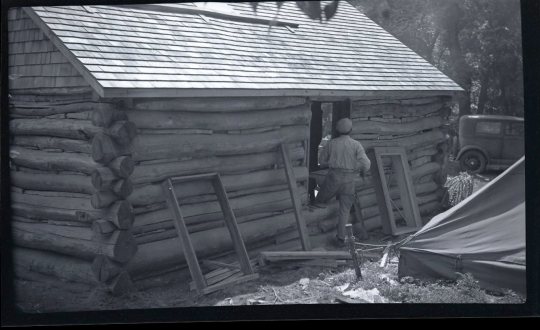

Abraham Lincoln's Birthplace
One of the most famous cabins in American history is the one where Abraham Lincoln was born on February 12, 1809, in Hardin County, Kentucky. The symbolic importance of Lincoln's log cabin birthplace reflects the "log cabin to White House" narrative that emphasizes his rise from humble beginnings. Though the authenticity of the existing cabin at the Abraham Lincoln Birthplace National Historical Park is disputed, it still stands as a symbol of American perseverance and determination.

Western Expansion
As pioneers moved westward, log cabins continued to play a vital role in American expansion. The log cabin's simplicity made it an ideal choice for settlers needing to build shelter quickly. Many of these cabins became the nucleus of burgeoning communities.

Thoreau's Cabin at Walden Pond
In the 19th century, cabins also began to symbolize a return to nature and simple living. Henry David Thoreau's cabin at Walden Pond, where he lived from 1845 to 1847, became an emblem of deliberate, contemplative living. Thoreau's experiment was not only a personal retreat but also a critique of modern society, and his cabin remains an iconic representation of the American transcendentalist movement.

Presidential Retreats
Cabins have also served as retreats for American presidents. Camp David, officially known as the Naval Support Facility Thurmont, is the country's premier presidential retreat, featuring rustic cabins. It has been used by presidents for rest and diplomatic meetings since Franklin D. Roosevelt's administration.
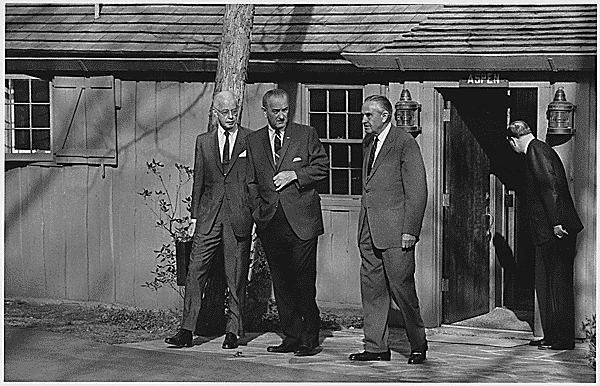
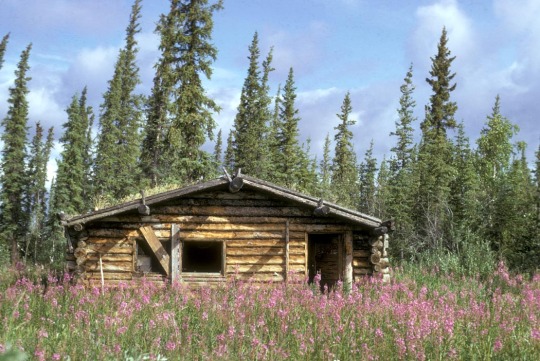
Cabins in Modern Culture
In modern times, cabins continue to symbolize simplicity and a connection to nature. They are often associated with vacation retreats and are emblematic of a desire to return to a less complicated way of life. Check out the hundreds of photographs of cabins in our Catalog!
273 notes
·
View notes
Text
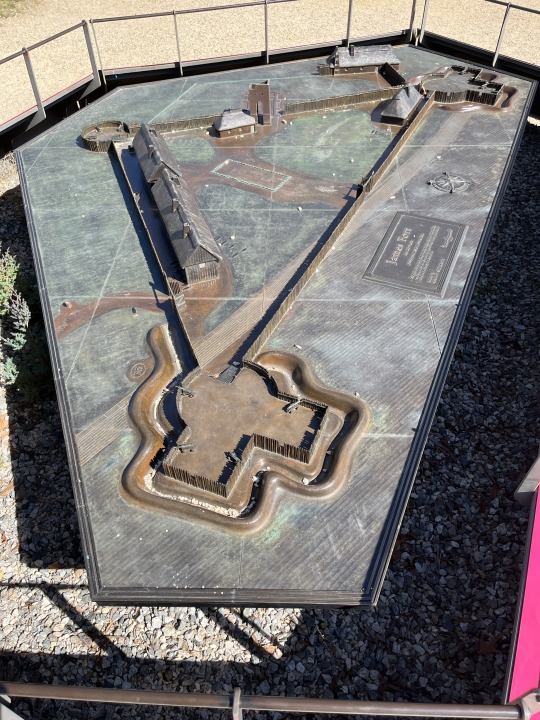
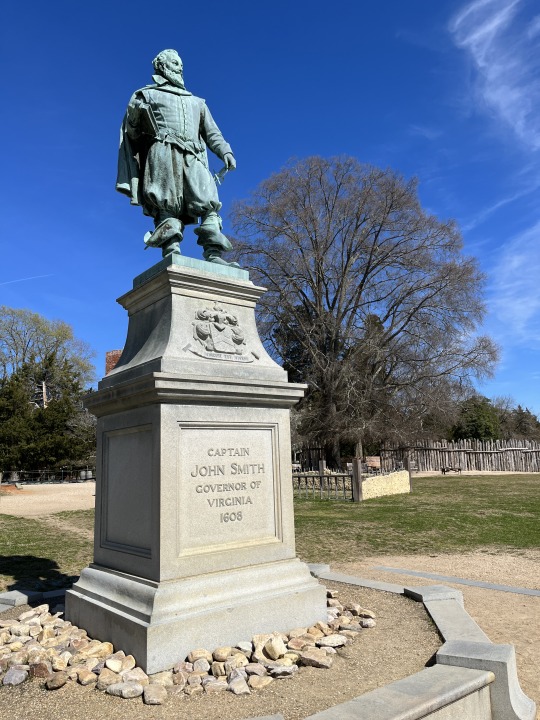
March 9 2023 - reconstructed model of James Fort and statue of John Smith.
2 notes
·
View notes
Text

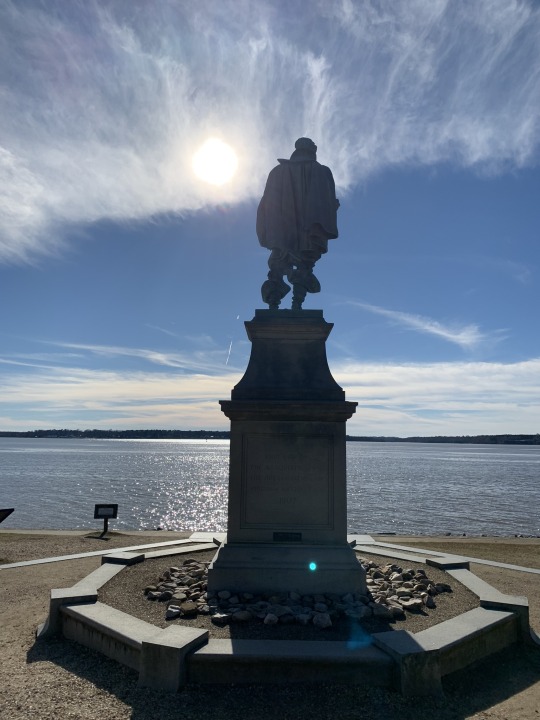
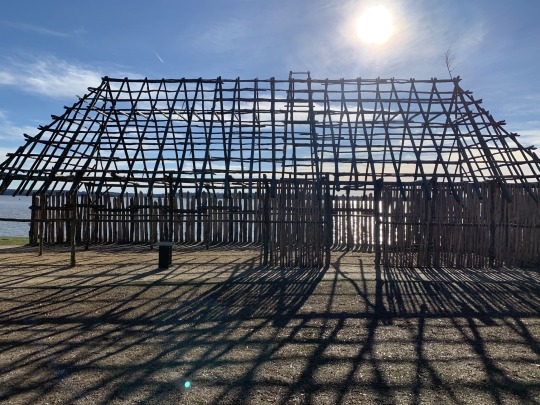
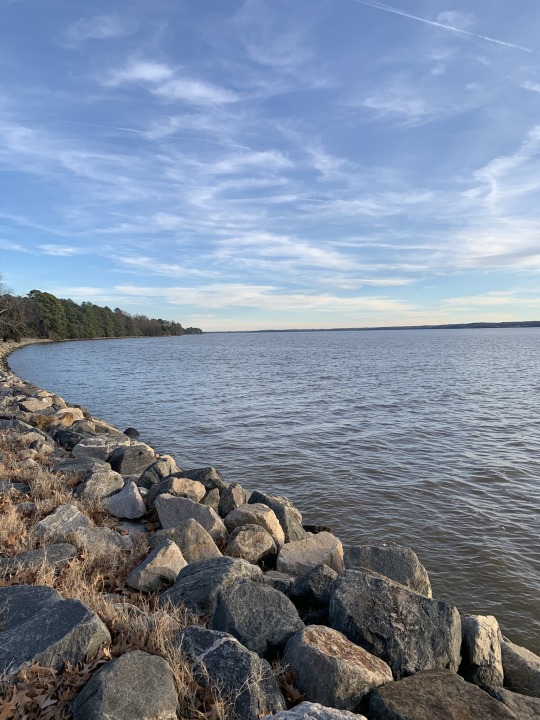
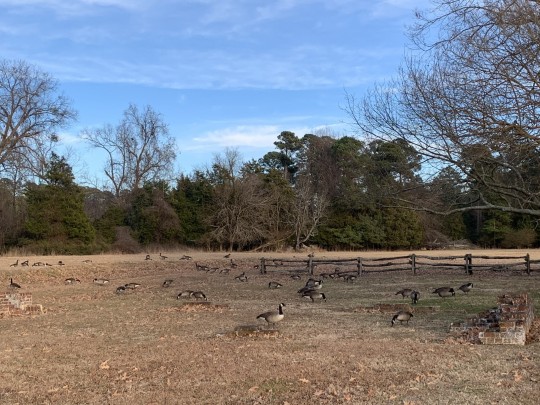
January 7th, 2023
Jamestown, Virginia
#photography#history#american history#colonial history#jamestown#virginia#john smith#captain john smith#statue#james river#geese#jamestown settlement#colonial national historic park#national historic park#national park service#nps
2 notes
·
View notes
Text

Interesting facts about Sierra Leone
1. Sierra Leone 🇸🇱 is located in West Africa on the Atlantic coast and bordered by Guinea and Liberia.
2. The country takes its name from the Portuguese explorer Pedro de Sintra who named the country “Serra Leoa” (Lion Mountains) due to the impressive mountains he saw while sailing along the West African coast in 1462.
3. Archaeological evidence suggests Sierra Leone 🇸🇱 has been inhabited for thousands of years with successive waves of inv.aders as well as immigration from inland peoples making up today’s diverse population
4. Sierra Leone 🇸🇱 is home to 16 ethnic groups. Each group has their own language and traditional attire.
5. If there is one thing that this small nation is blessed with is its rich mineral resource. Sierra Leone 🇸🇱 is famous for its diamonds. Apart from diamonds, bauxite and titanium are also extracted on large scale. It also produces gold and rutile on a large scale.
6. Sierra Leone’s capital city, Freetown, was founded as a home for repatriated and rescued former slaves in 1787
7. English is the official language; however, Krio is the language that is understood by most of the population. Krio is a Creole language, first spoken by descendants of freed Jamaican slaves who settled in the Freetown area.
8. Sierra Leone 🇸🇱 has a simple horizontally striped green, white and blue flag. Green stands for agriculture and the mountains, white for unity and justice, and blue for the aspiration to “contribute to world peace, especially through the use of its unique natural harbour at Freetown”.
9. The Outamba-Kilimi National Park, a tract of savannah and jungle in Sierra Leone, is home to highly diverse wildlife including primates such as chimpanzees, colobus monkeys and sooty mangabeys as well as hippos, bongo antelopes, buffalo, forest elephants and over 150 species of bird.
10. Freetown was home to the first institution of higher learning in modern sub-Saharan Africa after the collapse of the university at Timbuktu. Fourah Bay College opened in 1827 and at the time was the only alternative to Europe and America for British colony West Africans who wanted a university degree.
11. Sierra Leone’s “blood diamonds” helped fuel atr0cities during the w.ar. Blood diamonds, also known as conflict diamonds, were used to fund certain conflicts in Africa
12. Freetown has the largest natural harbour on the African continent. It is capable of receiving oceangoing vessels of all kinds.
Guys let's get our YouTube channel (YT: Historical Africa) to 200k subscribers. Kindly Click on the link to subscribe https://youtube.com/c/HistoricalAfrica
29 notes
·
View notes
Text

Gettysburg National Park
Gettysburg, Pennsylvania
I love places with a lot of history, and this one is one of them.
#east coast#photographers on tumblr#landscape photography#history#nature hikes#architecture#pennsylvania#gettysburg#national parks#national park#colonial history#american colonies#american history#civil war#civil rights#civilization#war#independence#freedom#historical places#historic places#historic towns#travel photography
3 notes
·
View notes
Text

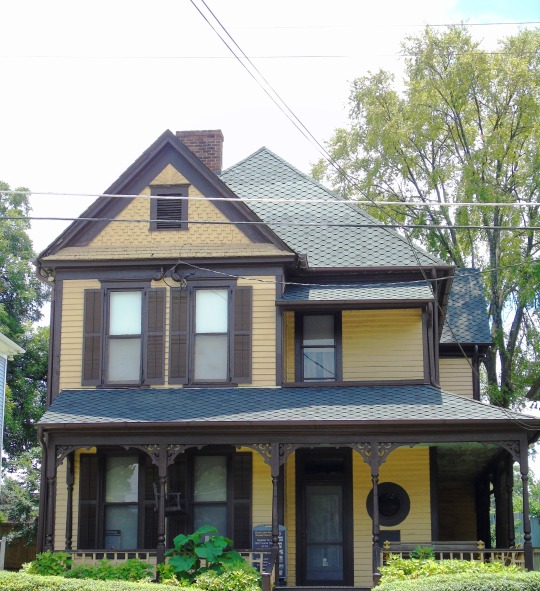
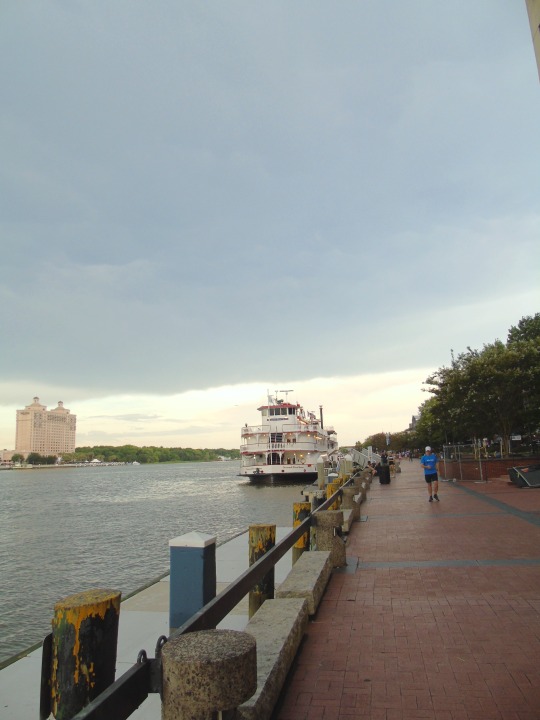




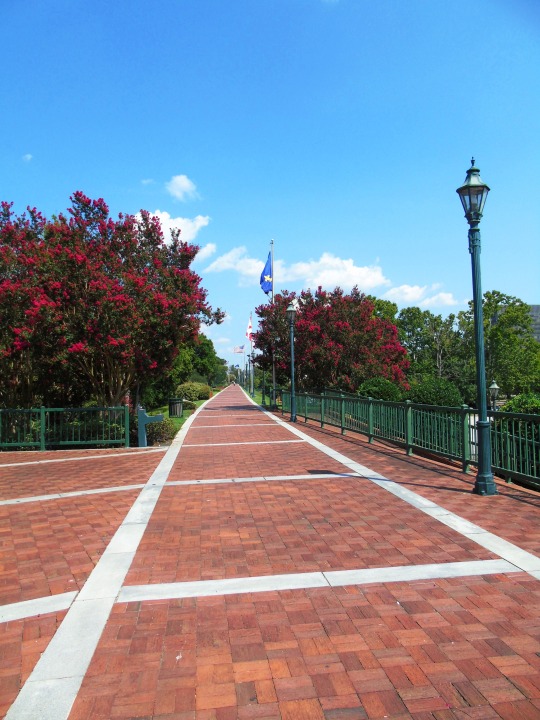
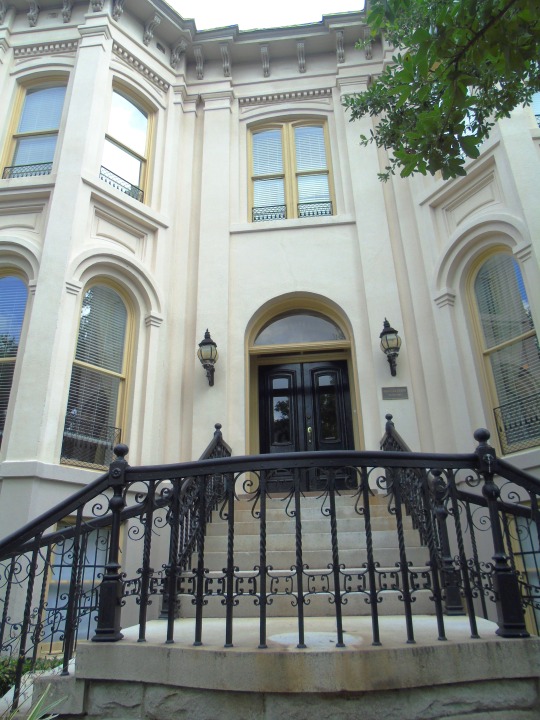

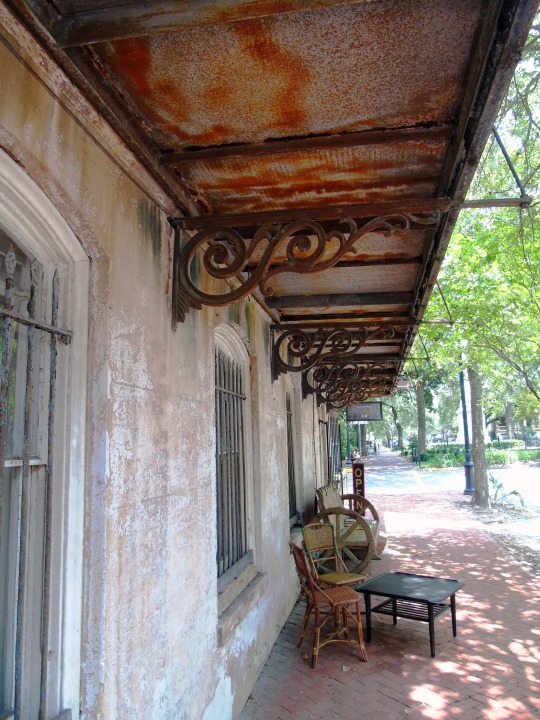

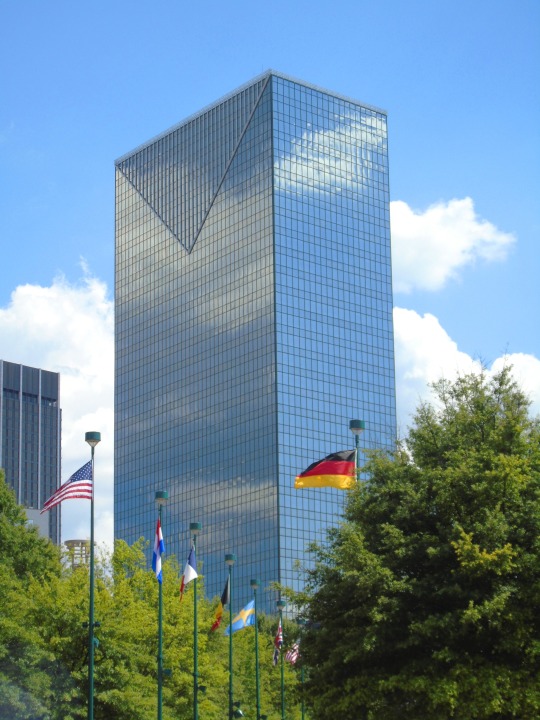
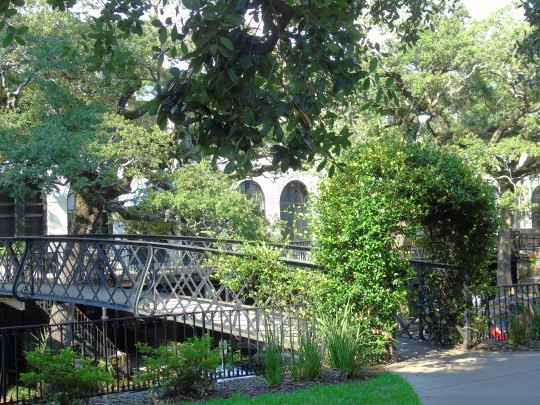
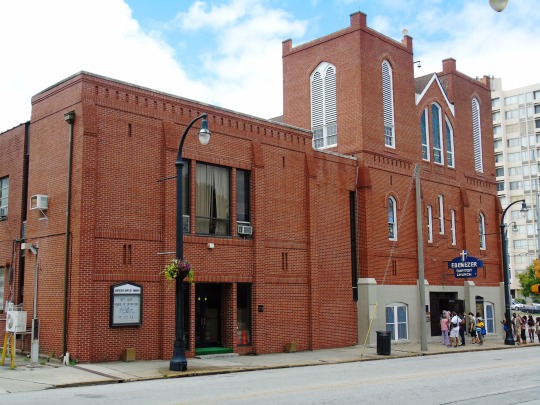
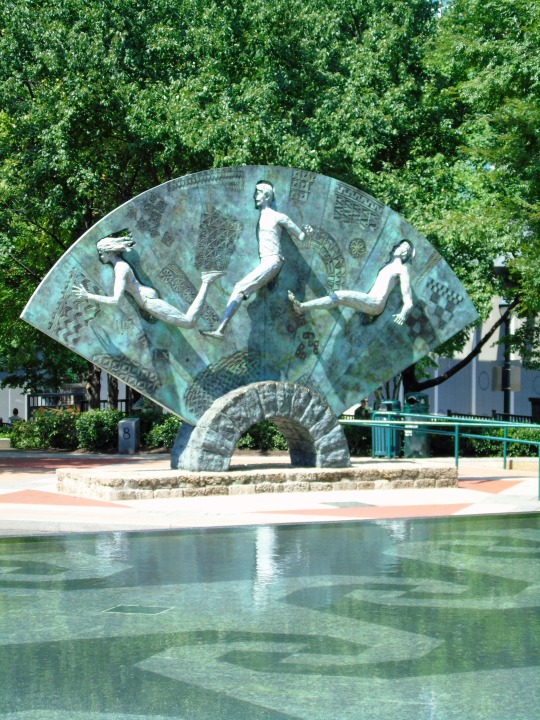




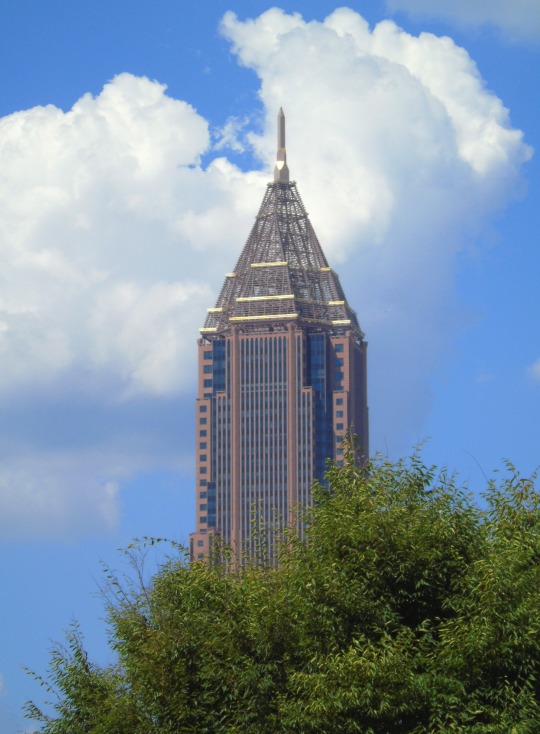



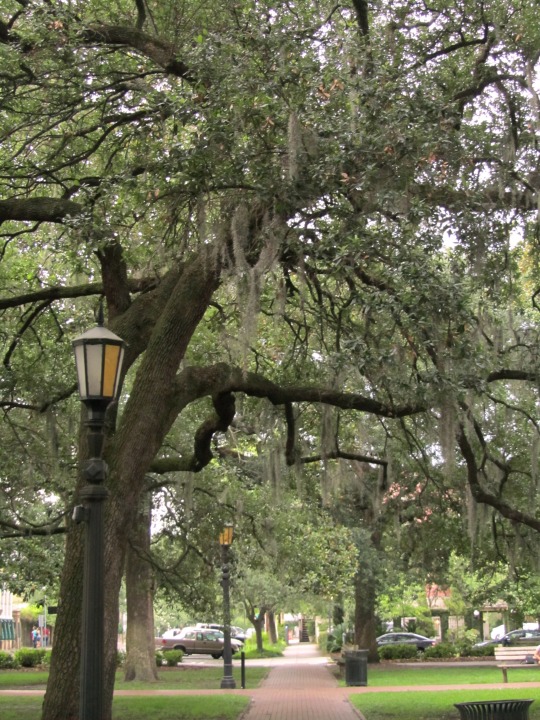

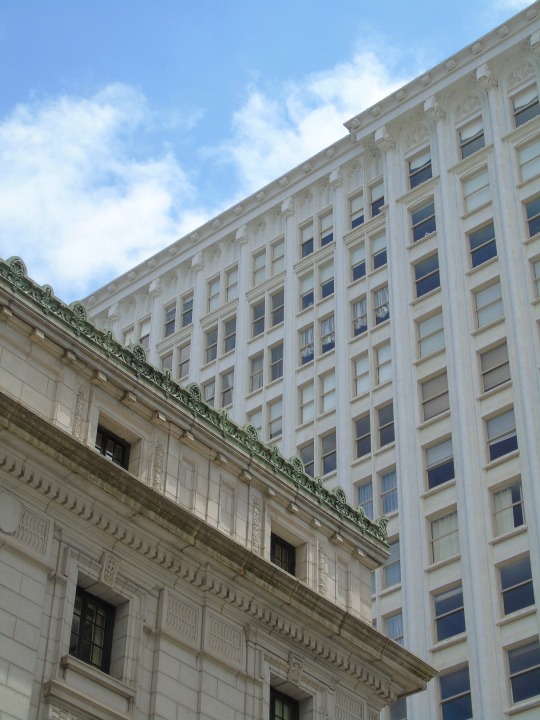

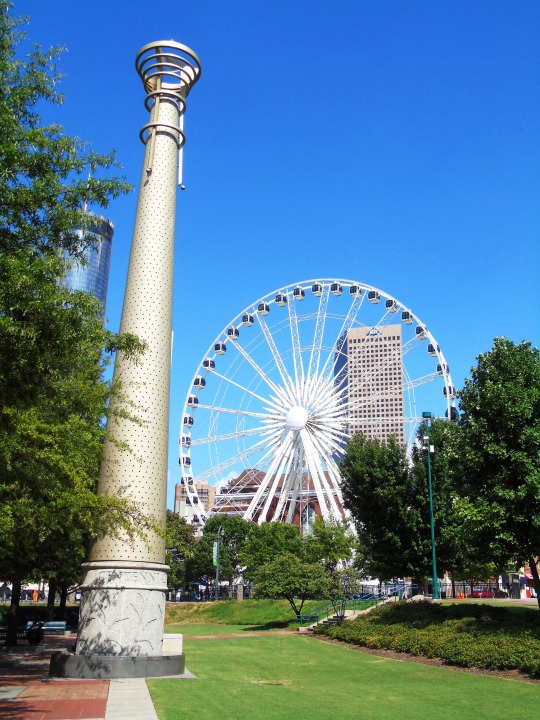
American Civil War: Georgia seceded from the United States on January 19, 1861.
#Colonial Park Cemetery#American Civil War#US Civil War#19 January 1861#anniversary#US history#Georgia#secession#Savannah#Savannah River#travel#summer 2016#cityscape#tourist attraction#architecture#Atlanta#Augusta#Martin Luther King Jr. National Historic Site#Centennial Olympic Park#Forsyth Park#Martin Luther King Jr. Center for Nonviolent Social Change#city hall#Augusta Cotton Exchange#original photography#vacation#landmark#USA#Calhoun City
1 note
·
View note
Text

Marsh at forest"s edge
#Jamestown Island#Colonial National Historic Park#Virginia#Marsh#Swamp#black and white#Monochrome#photographers on tumblr#photo#digital
2 notes
·
View notes